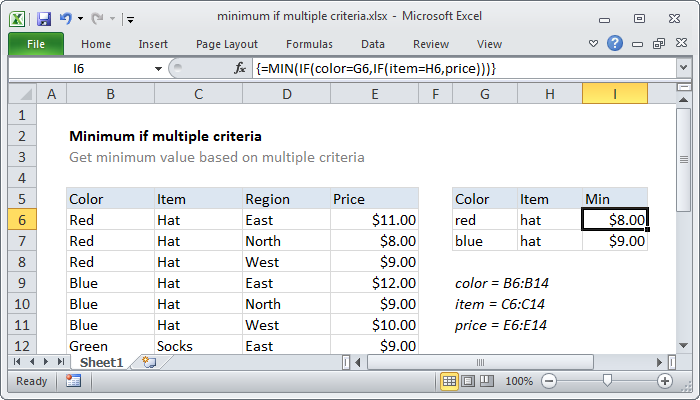


For instance, if we consider the second example discussed above, the multiple IF condition in Excel evaluates the first logical test (D2>=70) and returns “Excellent” because the condition is “True” in the below formula:.So, for example, as soon as one condition evaluates to be “True,” the following conditions are not tested. The multiple IF function evaluates the logical tests in the order they appear in a formula.Next, drag the formula to get results for the rest of the cells. So, we first write a few AND statements like (B2>=70,C2>=70), and then nest them: tests of IF functions as follows: if both of them are greater than 40, then the employee receives a 3% bonus.if both of them are greater than 50, then the employee gets a 5% bonus.if both of them are greater than 60, then the employee receives a 7% bonus.If both Q1 and Q2 targets are greater than 70, then the employee gets a 10% bonus.Now, let us say we want to test one more condition in the above example: Next, drag the formula to get the results of the rest of the cells.

This formula returns the result as given below: Bad: =70,C2>=70), and then nest them into logical tests of IF functions as follows:


 0 kommentar(er)
0 kommentar(er)
